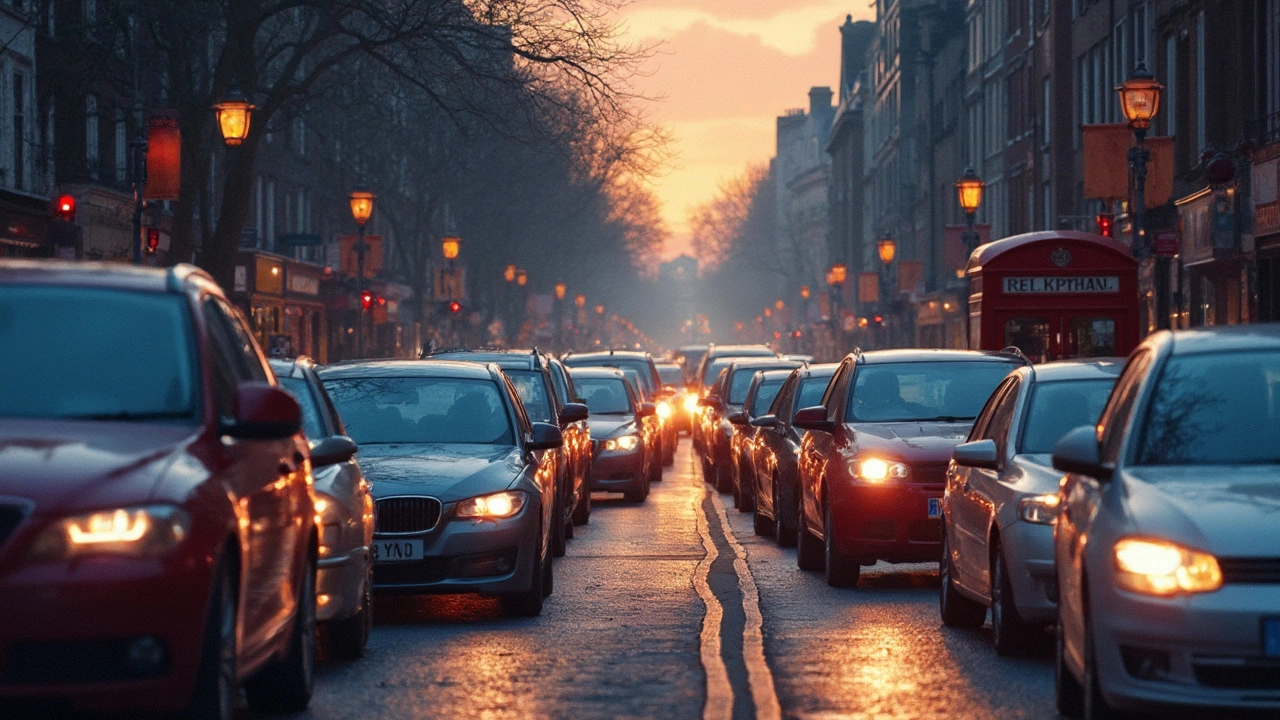LED Bulbs Guide for Your Car
If you want brighter, cooler‑looking lights without breaking the bank, LED bulbs are a solid choice. They use less power, last longer, and give a modern look that many owners love. Below you’ll find the basics of picking the right LEDs, fitting them correctly, and keeping them in good shape.
Picking the Right LED Bulb
First, match the bulb size. Check your car’s manual or look at the existing bulb for a code like H7, 9005, or 7443. Buying a different size means a forced fit that can cause flicker or heat problems.
Next, look at brightness and colour. Brightness is measured in lumens – a good replacement should be close to the original’s output, maybe a bit higher. Colour is shown as a temperature in Kelvin. 6000K gives a crisp white, while 3000K stays warm amber. Choose a colour that feels right for your day and night driving.
Quality matters. Cheaper LEDs can flicker, overheat, or cut out after a few months. Stick with reputable brands that list a clear warranty. A solid warranty often means the seller expects the product to last at least a year.
Installing LED Bulbs Safely
Installation is usually a quick job. Start by turning off the car and disconnecting the battery – it prevents any short circuit while you work. Remove the old bulb by twisting it out or pulling a retaining clip, depending on your model.
Before you jam the new LED in, check the connector. Some LEDs need an adapter to match the car’s plug. If the plug looks different, get an adapter kit from the bulb supplier – it’s cheaper than buying a whole new set.When you seat the LED, don’t force it. A snug fit without pressure ensures the heat sink contacts the housing properly. After you’re done, reconnect the battery and test the lights. If you see any flicker, double‑check the connection or try the “can‑bus” decoder that many LED kits include to stop error codes.
Legal limits are worth a look. In many places, headlights must stay under a certain brightness and colour range. A bright blue LED may be illegal for on‑road use. Check your local regulations to avoid a ticket.
Maintenance is minimal. LEDs don’t need regular replacement, but keep the lens clean. Dirt and grime can dim the light and reduce the cooling effect. A gentle soap solution and a soft cloth do the trick. Avoid harsh chemicals that can damage the plastic.
Finally, remember that LEDs generate less heat than halogen bulbs, but they still need good airflow. If you add a new set, make sure the housing isn’t blocked by stickers or aftermarket accessories. Good airflow prolongs the LED’s life and keeps the light output steady.
With the right bulb, proper installation, and a quick check on legal rules, LED upgrades can make your car look sharper and drive safer at night. Enjoy the brighter road ahead!
LED bulbs are becoming more popular for car headlights due to their efficiency, but not all are street legal. This article explores the reasons behind this, including regulations, safety concerns, and technical differences that play a role in their legality. Find out what makes certain LED headlights compliant and others not, and learn about tips for choosing the right lighting for your vehicle.

